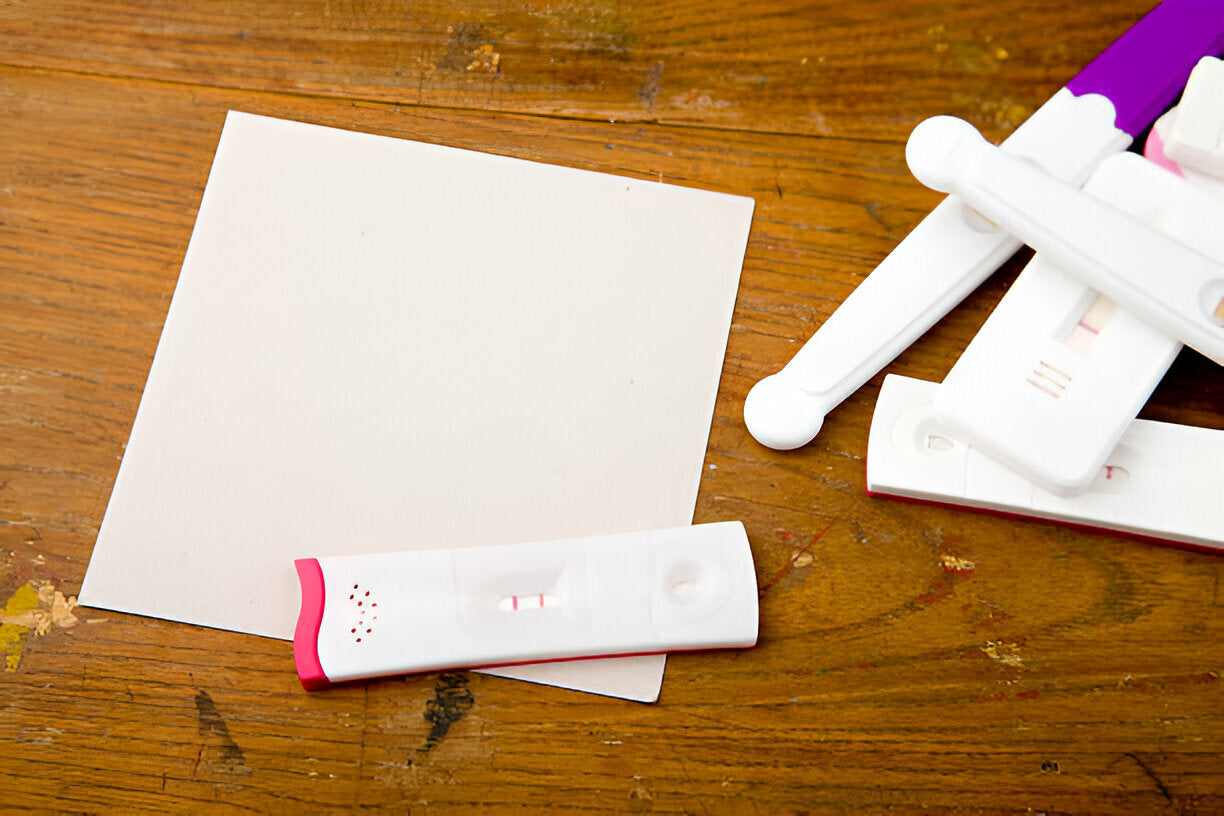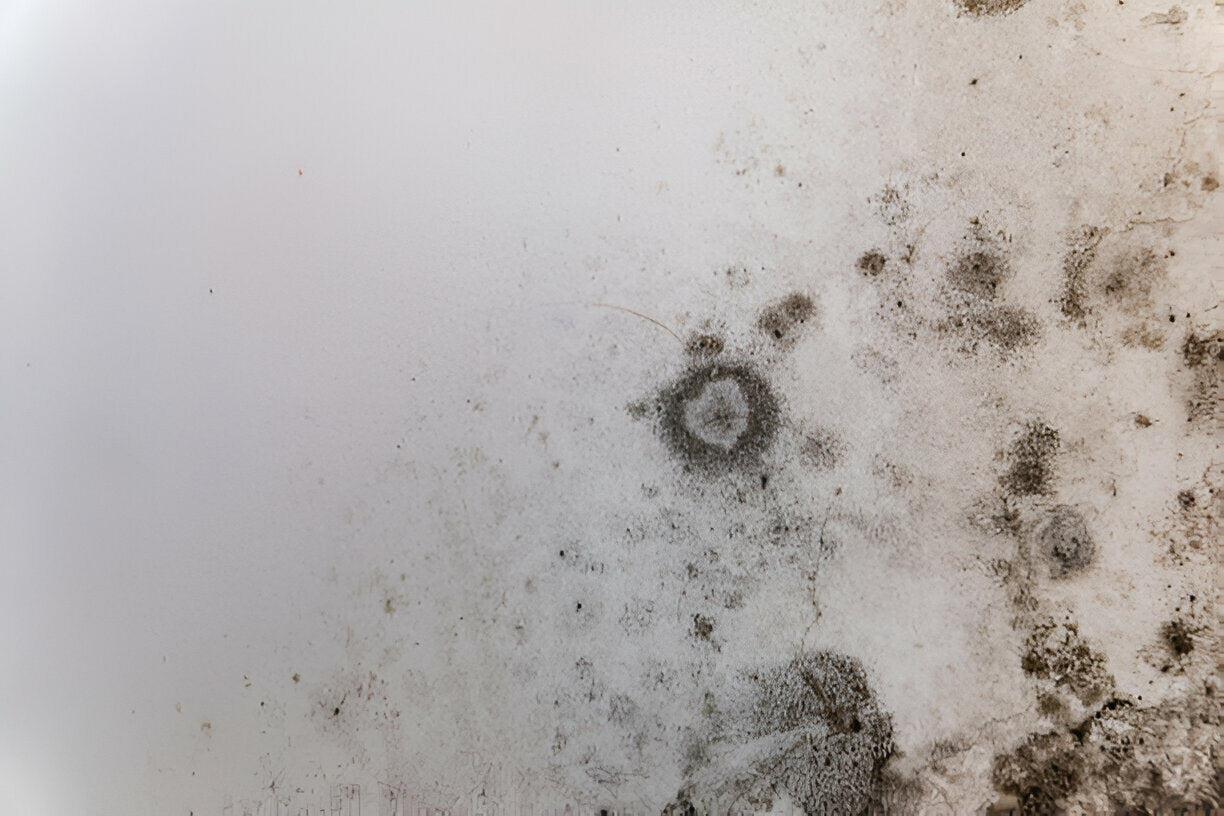Understanding Black Mold: What You Need to Know
Mold is a fast-growing, potentially harmful fungus commonly found in indoor environments, including homes. Household mold species are numerous, with the CDC estimating tens of thousands to over 300,000 types worldwide. Mold thrives in warm, damp, and humid conditions, making indoor spaces an ideal environment for its growth.
Among the many types of household mold, none are as notorious as black mold—specifically, Stachybotrys chartarum. This article explores black mold, how it differs from other mold species, and the best ways to address it in your home.
What Is Black Mold?
Black mold, often referred to as Stachybotrys chartarum, thrives in warm, moist areas such as bathrooms, kitchens, basements, and other parts of the home where damp conditions persist. This species is toxigenic, meaning it releases harmful toxins called mycotoxins into the air. Prolonged exposure to these mycotoxins can pose significant health risks, especially for individuals with preexisting conditions.
Unlike other molds that trigger mild allergic reactions, black mold can lead to severe health issues, including respiratory problems and, in extreme cases, long-term health complications.
Black Mold vs. Other Mold Species
Household mold can appear in various colors, including white, green, orange, and black. While discoloration may suggest mold, identifying Stachybotrys chartarum requires closer inspection. Key differences include:
-
Texture: Black mold is typically slimy or wet, unlike other household molds that appear fuzzy.
-
Health Effects: Non-toxic molds often cause allergic reactions, whereas black mold exposure can result in more severe symptoms, including respiratory distress and chronic health issues.
How Does Black Mold Form?
Moisture is the primary driver of mold growth. Leaks, poor ventilation, floods, condensation, and even high humidity levels create the ideal environment for mold to thrive. Mold spores, carried indoors on clothing, shoes, or through open windows, latch onto damp surfaces and begin to grow. Over time, these spores can spread through the air, exacerbating the problem.
Identifying Black Mold
Detecting black mold early is essential to mitigating its impact. Look out for the following signs:
-
Odor: A musty or mildew-like smell, often compared to rotting wood or damp socks, is a strong indicator.
-
Discoloration: Black spots on walls, ceilings, or other surfaces may signify black mold.
-
Texture: Slimy, wet growth on surfaces often points to black mold.
-
Location: Areas prone to water exposure, such as bathrooms, basements, and kitchens, are common hotspots.
Is Black Mold Dangerous?
Toxic black mold, as it’s often called, poses a significant health risk due to its mycotoxins. These toxins can attach to mold spores, becoming airborne and potentially inhaled or ingested by occupants. While not all black mold is harmful, Stachybotrys chartarum is particularly concerning.
Symptoms of Black Mold Exposure
Exposure to black mold can trigger various symptoms, ranging in severity based on individual health and exposure levels. Common symptoms include:
-
Coughing and wheezing
-
Stuffy or runny nose
-
Red or itchy eyes
-
Sore throat
-
Skin irritation
-
Nosebleeds
Those with compromised immune systems, chronic illnesses, children, and the elderly are at higher risk for severe reactions.
How to Address Black Mold
Eradicating black mold requires a structured approach:
-
Eliminate Moisture: Identify and fix the source of moisture to prevent further growth.
-
Contain the Area: Seal off the contaminated space to prevent mold spores from spreading.
-
Consult Professionals: Mold remediation specialists have the expertise to safely and thoroughly remove black mold.
Preventing Mold Growth
To reduce the risk of black mold and other types of mold in your home:
-
Maintain proper ventilation in damp areas.
-
Regularly inspect and repair leaks.
-
Use dehumidifiers in humid spaces.
-
Clean and dry areas prone to moisture promptly.
Testing for Mold in Your Home
Concerned about mold in your home? A DIY mold test kit from MycoTest can help you identify the presence of mold, including black mold, quickly and affordably. Our kits provide fast lab results, often within one day of receipt, giving you the information you need to take the next steps.
If your test results confirm mold, MycoTest offers consulting and protocol writing services to guide you through remediation. Our network of contractors specializes in mold remediation, HVAC, plumbing, rebuild and more, ensuring your home is restored to a safe, mold-free environment.
Take Control of Mold Today
Don’t let mold compromise your health and home. With MycoTest’s DIY mold testing kits and professional support, you can detect and address mold issues with immediately. Order your kit today and take the first step toward a healthier indoor environment.






